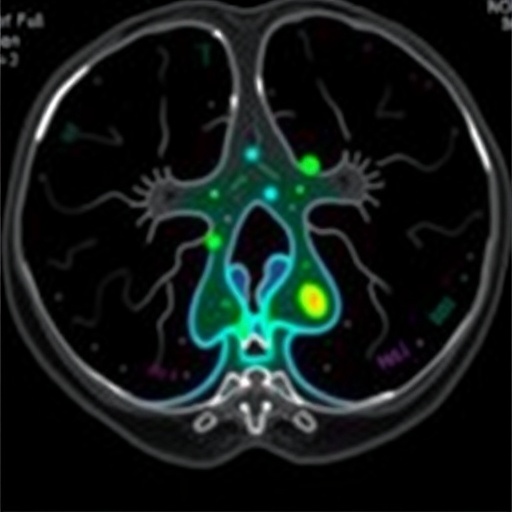Rate of prescribing remains consistent, say CHOP researchers
As the opioid epidemic continues to plague the United States, physician-researchers at Children’s Hospital of Philadelphia (CHOP) analyzed prescription patterns in children. They found that both duration of treatment and dose amounts declined between 2013 and 2017, while the rate of prescribing remained the same.
The findings were published January 17, 2019 in Pain Medicine.
Researchers analyzed 65,190 pediatric cases between 2013 and 2017 across nine different surgical specialties in the CHOP Network. They found that while rates of prescribing remained stable, doctors prescribed opioids for shorter durations and lower individual dose amounts. While that trend is encouraging, researchers also found that doctors were more likely to prescribe opioids to females, ethnic minorities and patients with public insurance.
“The trends we saw in our study are reassuring,” says Ronald S. Litman, DO, corresponding author and an anesthesiologist in the Department of Anesthesiology and Critical Care Medicine at CHOP. “However, we are concerned about the bias we found in prescribing trends, and need to better understand why doctors are prescribing certain patients more opioids.”
The rate of fatal overdoses from legally prescribed opioids, such as oxycodone or hydrocodone, has risen steadily from 2000 to 2015, eventually matching rates of fatal heroin overdoses. Studies show that living in a home with a prescription opioid user is linked to an increase risk in abusing the medication and may lead to opioid addiction. In recent years, the Centers for Disease Control and Prevention have published revised pain treatment guidelines that emphasize a shorter duration of opioid prescription to combat the opioid epidemic in the United States.
###
Gabrielle C. Donohoe et al, “Trends in Postoperative Opioid Prescribing in Outpatient Pediatric Surgery,” Pain Medicine, Jan. 17, 2019. https:/
About Children’s Hospital of Philadelphia:
Children’s Hospital of Philadelphia was founded in 1855 as the nation’s first pediatric hospital. Through its long-standing commitment to providing exceptional patient care, training new generations of pediatric healthcare professionals, and pioneering major research initiatives, Children’s Hospital has fostered many discoveries that have benefited children worldwide. Its pediatric research program is among the largest in the country. In addition, its unique family-centered care and public service programs have brought the 546-bed hospital recognition as a leading advocate for children and adolescents. For more information, visit http://www.
Media Contact
Camillia Travia
[email protected]
267-426-6251
http://dx.




